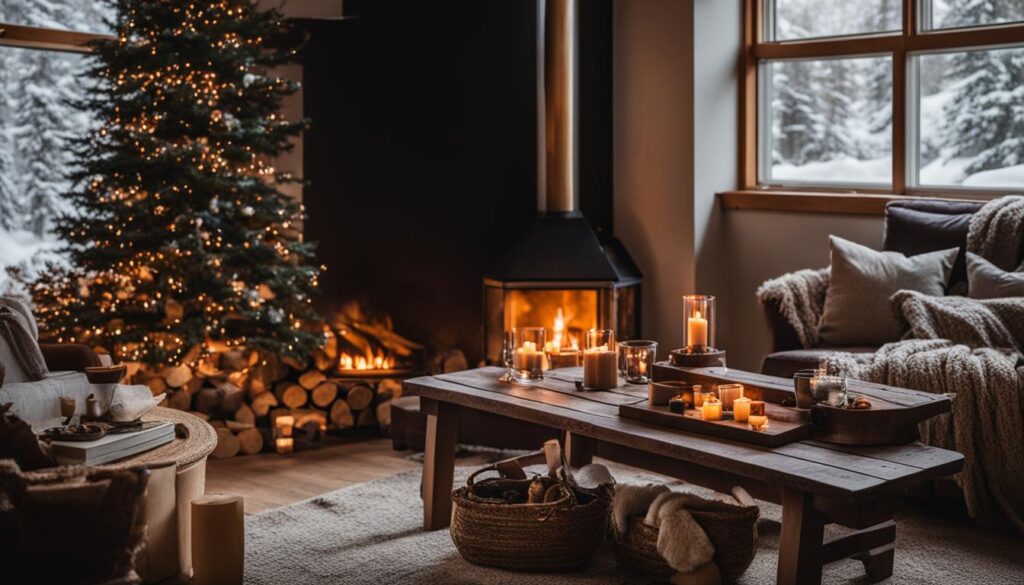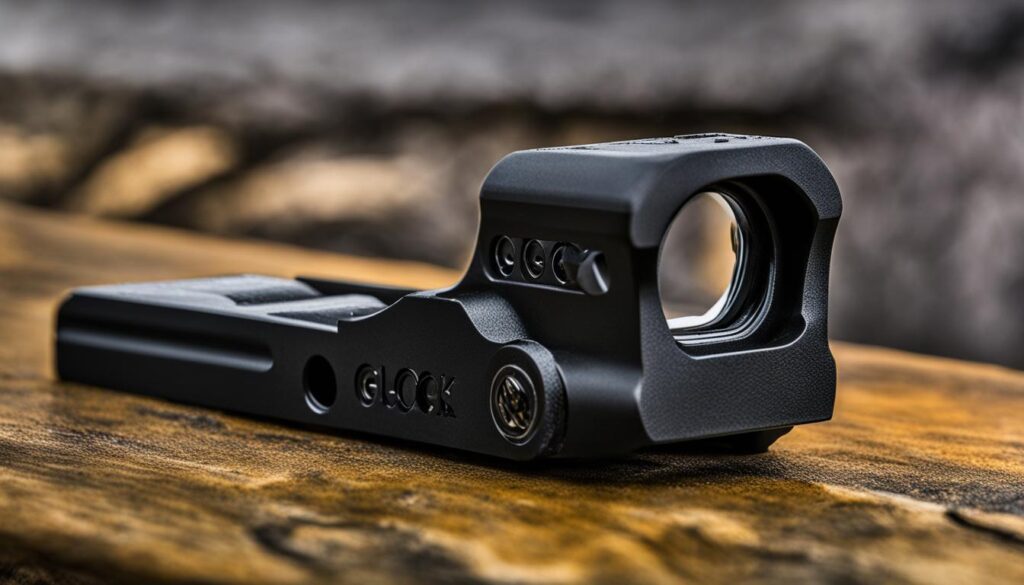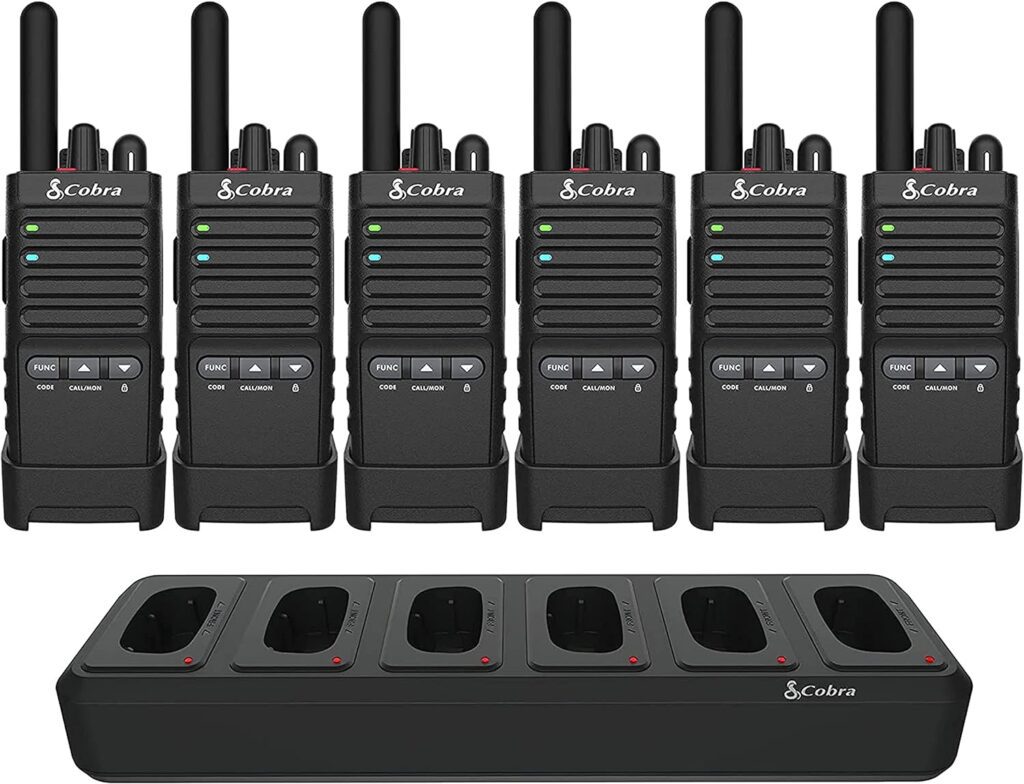The Texas Freeze of 2021 was a wake-up call for many, highlighting the importance of being prepared for power outages during the winter season. When faced with a lack of electricity, it becomes crucial to find alternative ways to keep your house warm and comfortable. In this article, I will explore various off-grid heating solutions and sustainable heating options for heating a home with no power.
As we navigate the challenges of winter without electricity, it’s essential to employ low-tech equipment, dress appropriately, and make use of alternative heating methods. By doing so, we can ensure our safety and comfort during power outages. Let’s dive into these strategies in detail!
How to Heat a House Without Electricity
- Utilize low-tech equipment such as blankets, tent setups, buddy burners, and alcohol stoves for light and heat during power outages.
- Dress appropriately by layering clothes, wearing fleece-lined pants, wool socks, and a head covering to retain body heat.
- Consider alternative heating methods like indoor-safe portable stoves, maintaining a fireplace fire, and using hot water bottles or heating bricks/rocks.
- Plan ahead for seasonal power outages by having backup heating sources, insulating the home, and stocking up on cold-weather clothing.
- Prioritize safety during power outages by using carbon monoxide detectors, sealing doors and windows, and avoiding unsafe heating methods.
1. Use Low-tech Equipment to Stay Warm Without Electricity
When faced with a power outage during the winter, it’s essential to have a plan in place to stay warm and comfortable. One effective strategy is to utilize low-tech equipment that can provide light and a small amount of heat. By making use of these survival heating methods, you can stay cozy even without power.
One simple yet effective option is to gather blankets and create a makeshift tent setup in a small area of your home. This can help trap heat and create a cozy personal space. Another low-tech solution is a buddy burner, which is a type of homemade candle made from a can and cardboard. It can provide both light and a small amount of heat. Additionally, alcohol stoves are compact and portable, making them a great choice for heating in emergencies.
It’s important to note that when using low-tech equipment for heating, safety should always be a top priority. Ensure proper ventilation, especially when using buddy burners or alcohol stoves. Carbon monoxide poisoning can be a risk if these methods are used in a poorly ventilated space. Be mindful of fire hazards and always exercise caution when using open flames.
By utilizing low-tech equipment wisely and safely, you can effectively stay warm without power during a winter power outage. Remember to always prioritize safety and follow the guidelines provided by reliable sources.
2. Dress Appropriately to Retain Body Heat
When it comes to staying warm in cold temperatures without electricity, dressing appropriately plays a crucial role. Layering your clothes is key to retaining body heat. Start with a moisture-wicking base layer, such as thermal underwear, to keep sweat away from your body. Over that, add an insulating layer like a fleece jacket or sweater. Finally, top it off with a windproof and waterproof outer layer to protect against the elements.
Don’t forget to pay attention to your extremities. Wearing fleece-lined pants and wool socks can help keep your legs and feet warm. Additionally, using hand and feet warmers can provide extra heat when needed. Remember, it’s important to avoid excessive sweating as it can lead to heat loss. Dressing appropriately allows you to regulate your body temperature effectively and stay comfortable even in frigid temperatures.
Layering Tips
When layering clothes, consider the following tips:
- Choose fabrics that are breathable and moisture-wicking to prevent sweat accumulation.
- Avoid tight-fitting clothing that restricts circulation.
- Wear a hat or head covering to prevent heat loss from the head. Remember, a significant amount of body heat is lost through the head.
- Don’t forget to protect your hands with gloves and your feet with appropriate footwear.
By dressing appropriately and layering your clothes, you can effectively retain body heat and stay warm during power outages in cold temperatures.
3. Alternative Heating Methods for a House Without Power
When faced with a power outage in the winter, it is essential to have alternative methods of heating your home. Without electricity, traditional heating systems may not be an option, but there are still several non-conventional heating methods you can rely on to keep warm.
Indoor-Safe Portable Stoves
One option is to use an indoor-safe portable stove. These stoves are specifically designed for indoor use and can provide both heat and a cooking surface. They typically use small propane canisters or alcohol as fuel, making them a practical choice for emergency heating.
Maintaining a Fireplace Fire
If you have a fireplace in your home, maintaining a fire can be an effective way to heat your space during a power outage. Make sure you have a supply of firewood, kindling, and matches or a fire starter on hand. It’s also important to have proper ventilation to prevent the buildup of smoke and carbon monoxide.
Hot Water Bottles and Heating Bricks
In addition to portable stoves and fireplaces, you can use hot water bottles and heating bricks to provide localized heat in specific areas of your home. Fill a hot water bottle with hot water and place it under your blankets or clothing to keep warm. Heating bricks can be heated in an oven or on a stovetop and then wrapped in a towel for a similar effect.
Indoor Safe Radiant Propane Heaters
Another option is to invest in an indoor safe radiant propane heater. These heaters use propane to generate heat, and they have built-in safety features to prevent carbon monoxide buildup. Make sure to follow the manufacturer’s instructions and use these heaters in a well-ventilated area.
When heating your home without electricity, it is important to prioritize safety. Always use alternative heating methods with caution and ensure proper ventilation to avoid any potential hazards. By being prepared and having a plan in place, you can stay warm and comfortable during a power outage in the winter.
4. Strategize and Plan for Seasonal Power Outages
During the winter months, power outages can be a common occurrence. To ensure that you and your family stay warm and safe during these times, it is essential to have a well-thought-out plan in place. By planning ahead and preparing for winter emergencies, you can minimize the impact of a power outage and maintain a comfortable environment in your home.
Creating a Power Outage Plan
One of the first steps in preparing for a seasonal power outage is to create a detailed plan. This plan should include identifying a backup heating source, such as a propane or kerosene heater, and ensuring that you have an adequate supply of fuel. It is also important to insulate your home properly by sealing any drafts and adding insulation to windows and doors. This will help to retain heat and keep cold air out.
Stocking Up on Essential Supplies
Another crucial aspect of preparing for a power outage is stocking up on essential supplies. This includes having enough non-perishable food and bottled water to last for several days, as well as a supply of batteries and flashlights in case of a power failure. Additionally, it is wise to have extra blankets and warm clothing readily available to help you and your family stay warm in the event of a prolonged outage.
Conserving Heat and Energy
Conserving heat and energy is key during a power outage. Close off any unused rooms to minimize heat loss and focus on heating the most commonly used areas of your home. It is also important to avoid opening doors unnecessarily and to use heavy curtains or blankets to cover windows at night to further insulate your living space. By taking these steps, you can maximize the efficiency of your heating sources and reduce the amount of energy you need to stay warm.
By strategizing and planning for seasonal power outages, you can ensure that you and your family are well-prepared and safe during winter emergencies. Creating a power outage plan, stocking up on essential supplies, and conserving heat and energy are all essential steps in maintaining a comfortable and secure environment when faced with a power outage. Stay warm and stay safe!


Stay Warm and Safe During a Power Outage
When faced with a power outage during the winter months, it’s essential to prioritize your safety and well-being. Here are some important tips to help you stay warm and comfortable until the power is restored:
Power Outage Safety Tips
First and foremost, make sure you have carbon monoxide detectors installed throughout your home. During a power outage, there is a higher risk of carbon monoxide poisoning if you’re using alternative heating sources such as portable stoves or propane heaters. These devices should only be used in well-ventilated areas to prevent the buildup of harmful gases.
Winter Emergency Preparedness
Keep your doors and windows sealed to minimize drafts and prevent heat loss. Use draft stoppers or weatherstripping to seal any gaps around doors and windows. By doing so, you’ll be able to retain more warmth inside your home and stay comfortable for longer periods.
If available in your area, consider utilizing warming centers or emergency shelters. These facilities are often set up during severe weather events and can provide a safe and warm space for you and your family. Check with your local authorities or emergency management agencies to find out if there are any warming centers near you.
Lastly, don’t underestimate the power of body heat and blankets. If you have infants or toddlers in the house, make sure to keep them warm using extra layers of clothing, blankets, and snuggling together. The collective body heat can provide added warmth and comfort while waiting for the power to be restored.
By following these power outage safety tips and preparing for winter emergencies, you can ensure the well-being of yourself and your loved ones. Stay warm, stay safe!
Conclusion
Surviving winter without electricity requires careful planning and the use of alternative heating methods. During a power outage, it is essential to stay warm and safe by utilizing low-tech equipment, dressing appropriately, and having a backup heating source. By following these winter survival tips, you can ensure your comfort and well-being in challenging situations.
Using low-tech equipment such as blankets, tent setups, buddy burners, and alcohol stoves can provide light and a small amount of heat during a power outage. Remember to use these methods safely and with proper ventilation to avoid any risks. Additionally, dressing appropriately and layering clothes with fleece-lined pants, wool socks, and a head covering can help retain body heat in cold temperatures. Don’t forget to avoid excessive sweating as it can lead to heat loss.
If you are living in a house without power, alternative heating methods like indoor-safe portable stoves, maintaining a fireplace fire, using hot water bottles, heating bricks or rocks, and investing in indoor safe radiant propane heaters can be effective. However, always exercise caution and ensure adequate ventilation when using these methods.
To prepare for seasonal power outages, have a plan in place that includes a backup heating source, insulation for your home, blocking drafts, and stocking up on cold-weather clothing. Being prepared with supplies and knowing how to conserve heat will greatly help during a power outage. Remember to prioritize safety by using carbon monoxide detectors, keeping doors and windows sealed, and avoiding unsafe heating methods and fire hazards.
In conclusion, staying warm without electricity during winter requires preparation and knowledge. By utilizing alternative heating methods, dressing appropriately, and having a backup plan, you can successfully navigate power outages and ensure your comfort and safety. Stay warm and be well-prepared for winter emergencies!
FAQ
How can I stay warm without electricity during a power outage?
To stay warm without electricity, you can utilize low-tech equipment such as blankets, tent setups, buddy burners, and alcohol stoves. Dressing appropriately in layers and using hand and feet warmers can also help retain body heat. Additionally, alternative heating methods like indoor-safe portable stoves, maintaining a fireplace fire, using hot water bottles, heating bricks or rocks, and investing in indoor safe radiant propane heaters can provide additional warmth.
Are there any safety precautions I should take when using alternative heating methods?
Yes, it’s important to use alternative heating methods safely. Ensure proper ventilation when using low-tech equipment, indoor-safe stoves, and propane heaters. Keep carbon monoxide detectors in place and avoid using unsafe heating methods. Be cautious of fire hazards and always prioritize safety during a power outage.
How can I prepare for seasonal power outages?
To prepare for seasonal power outages, it’s important to have a plan in place. This includes having a backup heating source, insulating your home, blocking drafts, and stocking up on cold-weather clothing. By having supplies and knowing how to conserve heat, you can be better prepared for a power outage.
What should I do to stay safe during a power outage?
Prioritize safety during a power outage by keeping doors and windows sealed to retain heat. Utilize warming centers if available, use body heat or blankets to keep babies and toddlers warm, and be mindful of fire hazards. It’s crucial to avoid using unsafe heating methods and to have carbon monoxide detectors in place to detect any potential risks.
How can I survive winter without electricity?
Surviving winter without electricity requires careful planning and the use of alternative heating methods. Utilize low-tech equipment, dress appropriately, and have a backup heating source. Preparation and knowledge are key to staying warm and safe during a power outage.








